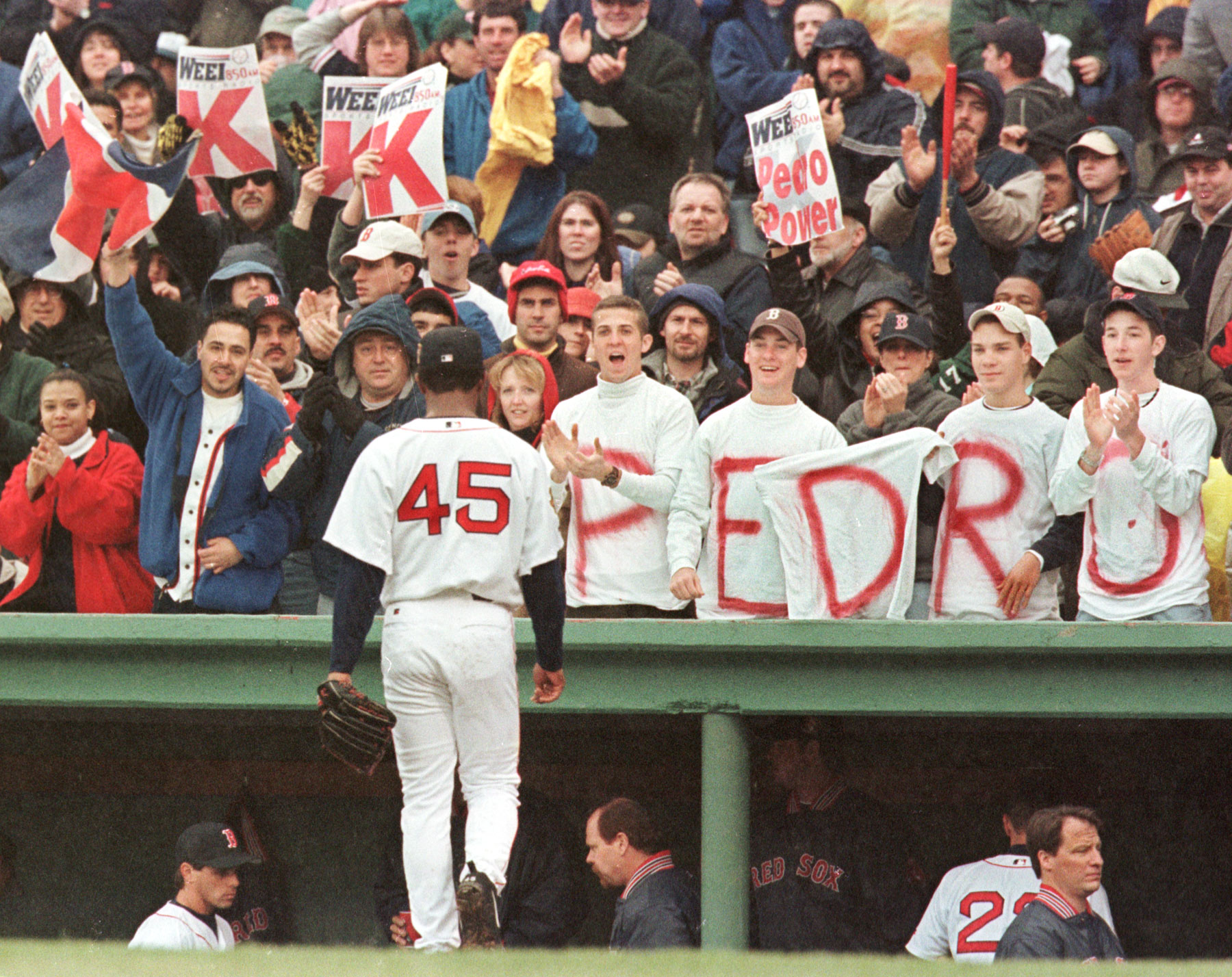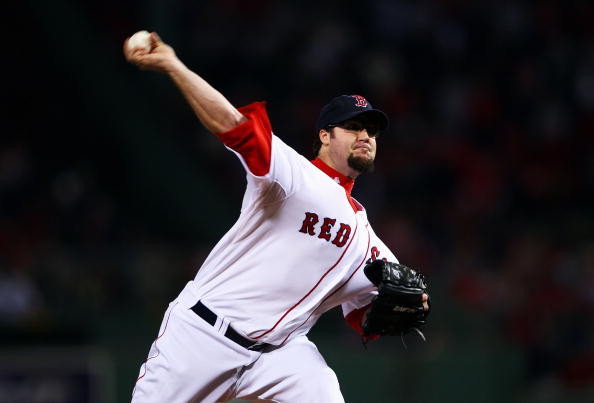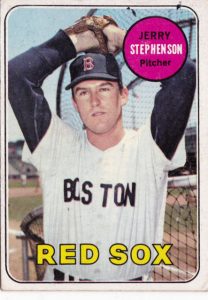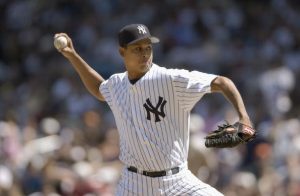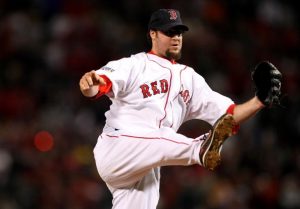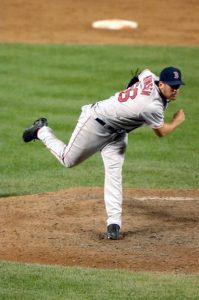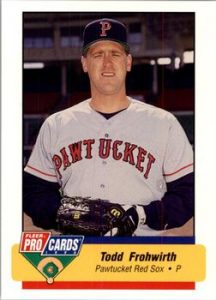Finally! The Red Sox are hosting their first old-timers game in 25 years on Sunday, May 27th. The game will be played in the morning before the Red Sox match-up with the Atlanta Braves that afternoon. I have never understood why the Red Sox don’t have these games once a year, or at least more frequently than they do. What Red Sox fan wouldn’t love to see some of the guys they used to cheer for don the uniform again? Let’s hope NESN broadcasts this game.
The Managers
Two Red Sox legends will manage the clubs for the old-timers game; Luis Tiant and Dwight Evans. Both of these guys would likely make a 25 man roster of the greatest Red Sox ever.
“El Tiante” I believe is a top five right-handed pitcher in Red Sox history, winning 20 games three times while also pitching great in the 1975 World Series. He is still a fan favorite to this day, as is “Dewey.” Evans is the greatest right fielder in Red Sox history. He played parts of 19 seasons with the club, winning eight Gold Gloves and placing in the top five for the MVP vote twice. His 379 home runs place fifth in team history. Evans is also fourth all-time in base hits and third in walks. He has a strong argument for his number to be retired by the club.
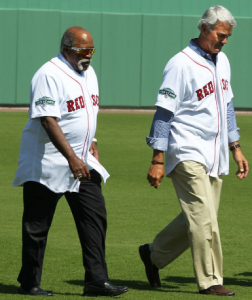
Dewey and Tiant walk onto the field.
The Old-Timers Pitching Staff
Pedro Martinez is the headliner of the staff. The greatest pitcher in team history and the greatest pitcher I have seen. Pedro’s peak was arguably the most dominant stretch of pitching the game has ever seen. Going to games at Fenway where Pedro pitched was like nothing else experienced. If there is one guy I miss watching pitch more than anyone else, it is Pedro, and no one else even comes close.
Derek Lowe holds an incredibly important spot in Red Sox history. Lowe won the clinching game of all three postseason series in 2004 when the Red Sox won the World Series. He allowed just four runs over 19.1 innings that postseason and won game seven against the Yankees pitching on just two days rest. Derek Lowe also threw a no-hitter in 2002, the first thrown by a Red Sox pitcher at Fenway Park in 37 years.
Oil Can Boyd sure is a character. Known more for his personality than his pitching, Dennis “Oil Can” Boyd had a couple of fine seasons in Boston. He won 31 games between 1985 and 1986 with a 3.74 ERA.
Bill Lee is of course another character. Nicknamed “Spaceman”, Lee is also known more for his personality. Lee was a good pitcher though, winning 119 games and making an All-Star team. From 1973-75, Lee won 17 games each season for the Red Sox. In 2010 he became the oldest to ever play in and win a professional baseball game, picking up the win in a game for the Brockton Rox.
Rich Garces is everyone’s lovable, overweight pitcher. Affectionately referred to as “El Guapo” during his time in Boston, Garces pitched parts of seven seasons with the Red Sox. He was stellar between 1998 and 2001, going 20-4 with a 3.15 ERA out of the bullpen over those four seasons.
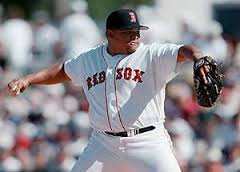
Jim Corsi pitched on some of the same teams as El Guapo. In 1997 and 1998 Corsi was 8-5 with a 2.98 ERA for the Sox. He declined in 1999, but the Red Sox got two excellent seasons from him. He later spent some time on NESN doing studio work.
Alan Embree was on the curse breaking team of 2004, and spent part of four seasons with the Red Sox. Despite mediocre results, Embree was excellent in postseason play for the Sox. In 2003 he didn’t allow a run in eight appearances. He was good again in 2004, and didn’t allow a run in three World Series games. In total, Embree was 1-0 with a 1.29 ERA during the postseason while with the Red Sox.
Lenny Dinardo currently works for NESN as a studio analyst. During his career he spent three seasons with the Boston Red Sox. Dinardo held his own in limited action his first two seasons before being rocked in 2006. In all, he was 1-3 with a 5.53 ERA for the team.
Mike Myers was a lefty specialist for the Red Sox in 2004 and 2005. He was plenty effective in that role for them, going 3-1 in 2005 with a 3.13 ERA.
Chris Howard was a lefty reliever for the Sox in 1994. He didn’t get much of a chance in the big leagues despite pitching relatively well. That season for the Sox, Howard was 1-0 with a 3.63 ERA over 37 appearances. He only pitched seven other games in the Majors, three in 1993 and four in 1995. He never allowed a run in either season.
Keith MacWhorter is a local guy, born in Worcester in 1955. He then attended Bryant College in Rhode Island. MacWhorter made the Majors for one season, 1980. Unfortunately he never won a game, going 0-3 with a 5.53 ERA. Hey, he got to play for his hometown team, not many can say that.
The Infielders
Wade Boggs headlines the lineup of hitters appearing in the game. His .338 batting average as a member of the Red Sox is second only to Ted Williams in franchise history. He is unquestionably the greatest third baseman in team history, and was so good he had his number 26 retired. In the 1980’s, Boggs set a Major League record by collecting 200 hits in seven straight seasons.
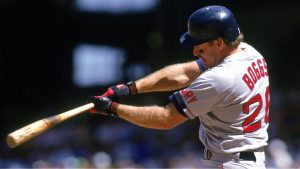
Scott Cooper is the man who replaced Wade Boggs at the hot corner. Cooper made back-to-back All-Star Games with the Red Sox in 1993 and 1994. Cooper also hit for the cycle in 1994, becoming the first Red Sox player to accomplish this feat since Mike Greenwell. Speaking of which…
Mike Lowell was a fan favorite for the club and helped the Red Sox win the 2007 World Series. In fact, Lowell was the MVP of that World Series after placing 5th in the regular season MVP vote. He batted .290 with 80 home runs during his time in Boston. He now has a role with the team in a coaching capacity and worked with Rafael Devers on his defense this spring.
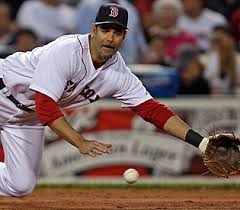
Orlando Cabrera was a spark plug to the team in 2004. After the trade to acquire him, the Red Sox went on a run with Cabrera providing some heroics. He batted .294 down the stretch for the team while stabilizing the defense at shortstop. Cabrera then batted .379 during the ALCS versus the Yankees. It is still a mystery to me as to why the Red Sox did not retain him following the season.
Sam Horn exploded onto the scene in 1987, homering in five of his first eight Major League games. He hit 14 home runs in only 158 at-bats that season, posting a .589 slugging percentage. He sputtered out in Boston after that, but he returned to the area to play for the Nashua Pride in 2000 and 2001. Horn then spent time as a studio analyst for NESN. He would always yell “kapow!” whenever someone hit a home run.
Lou Merloni of course remains a large figure in the Boston sports world. Working on TV and radio, Lou is widely heard in the area covering all sports. A local guy, “Framingham Lou” homered in his first Fenway at-bat in 1998. He batted .269 in parts of six seasons with the Red Sox while playing all over the infield. Before Kevin Youkilis, the crowd would yell “Looouuuu” whenever Merloni made a nice play.
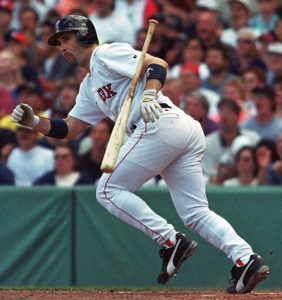
Julio Lugo is an interesting choice for this game, as he was one of the bigger busts in recent memory. After signing a big contract to play shortstop, Lugo batted .251 as a member of the Red Sox and made a lot of errors at a vital defensive position.
Steve Lomasney is the only catcher on this squad. Will he remain behind the plate no matter who is up or does he get a turn at-bat? Lomasney, a Massachusetts native, was drafted by the Red Sox out of Peabody High School in the fifth round of the 1995 draft. He got two at-bats in his Major League career, coming in 1999; he struck out in both of them.
The Outfielders
Mike Greenwell will also play in this game. “The Gator” patrolled left field in front of the Monster after Jim Rice, following in a very successful line of left fielders in franchise history. He didn’t back down from it either, becoming one of the five greatest left fielders in team history in my opinion. Greenwell was a career .303 hitter and was one of the brightest young stars in the game in the late 80’s. Injuries slowed him down in the 90’s, but it isn’t easy to bat .300. He finished second in the MVP vote for 1988 to a roided up Jose Canseco.

Troy O’leary was another excellent left fielder for the Red Sox. Signed off the scrap heap in 1995, O’leary batted .300 that season for the Red Sox. He would bat .300 again in 1997, then posted back-to-back 20 home run season in 1998 and 1999. His total of 28 homers in 1999 was a career high, and he hit two more in the ALDS against the Indians, driving in seven runs in the deciding game of the series.
Jonny Gomes was a fun guy, and his personality helped revamp a clubhouse in 2013 that needed a big makeover from the previous couple seasons. He hit 19 home runs in 521 at-bats with the Red Sox and hit a big three-run homer in game four of the World Series. He currently announces from time to time for the club.
Darren Lewis was a great fielding center fielder in his day. Lewis once held the record for most consecutive errorless games. Lewis played four seasons with the Red Sox, from 1998-2001. He hit a career high eight home runs and stole 29 bases that first season with the team. His final season with the team he hit a career high .280.
Steve Lyons is currently seen on NESN in the studio for pregame and postgame work. He spent three different stints with the Red Sox during his playing days, playing all over the field. In fact, Lyons played everywhere at least once as a member of the Red Sox.
Rick Miller will play in this game at the age of 70. Miller broke in with the Red Sox back in 1971. He spent his first seven seasons in Boston, then returned to the club in 1981 and spent the final five seasons of his career here. He played in 1101 games as a Red Sox, batting .265.
